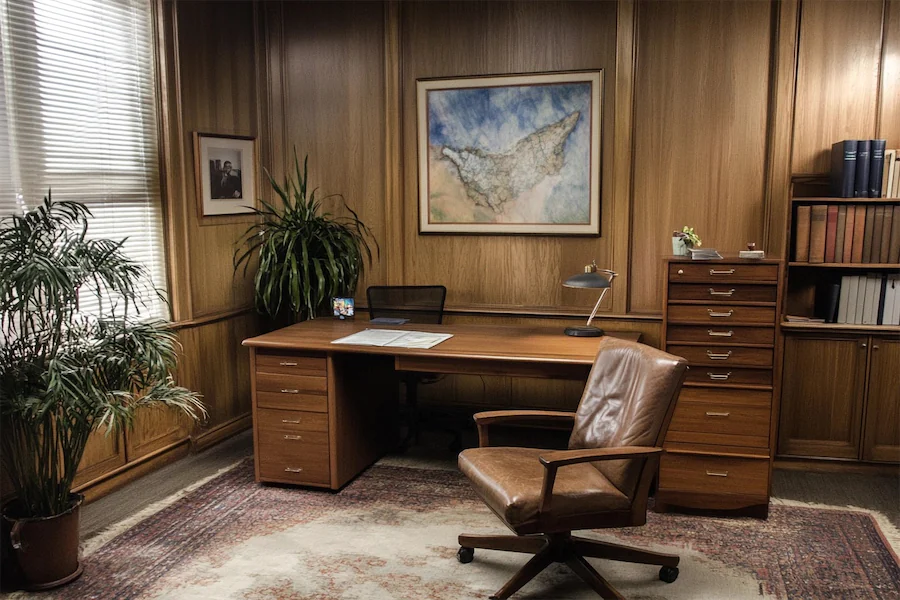A Neutral Tones Office Room utilizes a palette of soft, understated colors to create a serene and professional workspace. This design approach emphasizes simplicity and elegance, fostering an environment conducive to focus and productivity.
Introduction to Neutral Tones Office Rooms
Neutral tones—such as whites, beiges, grays, and soft browns—serve as a versatile foundation in office design. They provide a calming backdrop that can be easily personalized with various textures, materials, and accent pieces. Incorporating neutral colors helps in creating a balanced and harmonious workspace.
History and Origins of Neutral Tones in Office Design
The use of neutral tones in interior design has long been associated with minimalism and modernism, movements that prioritize functionality and simplicity. In office settings, neutral palettes have been favored to create environments that are both professional and adaptable, allowing for flexibility in decor and furnishings.
Key Features of Neutral Tones Office Rooms
- Color Palette: Incorporation of soft whites, beiges, grays, and muted earth tones to establish a tranquil atmosphere.
- Textures and Materials: Use of natural materials like wood, stone, and textiles to add depth and interest without overwhelming the senses.
- Minimalist Decor: Selection of simple, functional furniture and accessories that complement the neutral color scheme.
- Natural Light: Maximization of natural light to enhance the openness and airiness of the space.
- Greenery: Inclusion of plants to introduce a touch of nature, adding warmth and vitality to the neutral setting.
Applications of Neutral Tones Office Rooms
- Corporate Offices: Creating a professional and adaptable environment suitable for various business functions.
- Home Offices: Designing a calming workspace that integrates seamlessly with home interiors.
- Co-working Spaces: Establishing a neutral backdrop that accommodates diverse personal styles and fosters productivity.
Considerations When Designing a Neutral Tones Office Room
- Balance: Ensure a mix of light and dark neutral shades to prevent the space from appearing monotonous.
- Texture Variation: Incorporate different textures through materials and fabrics to add visual interest.
- Accent Pieces: Introduce subtle pops of color or statement pieces to personalize the space without disrupting the neutral harmony.
- Lighting: Utilize a combination of natural and artificial lighting to highlight the neutral tones and create a comfortable working environment.
Conclusion
Designing a Neutral Tones Office Room involves the thoughtful application of understated colors, textures, and decor to create a workspace that is both elegant and functional. By focusing on balance, texture variation, and appropriate lighting, one can achieve a serene environment that enhances productivity and reflects a timeless aesthetic.
